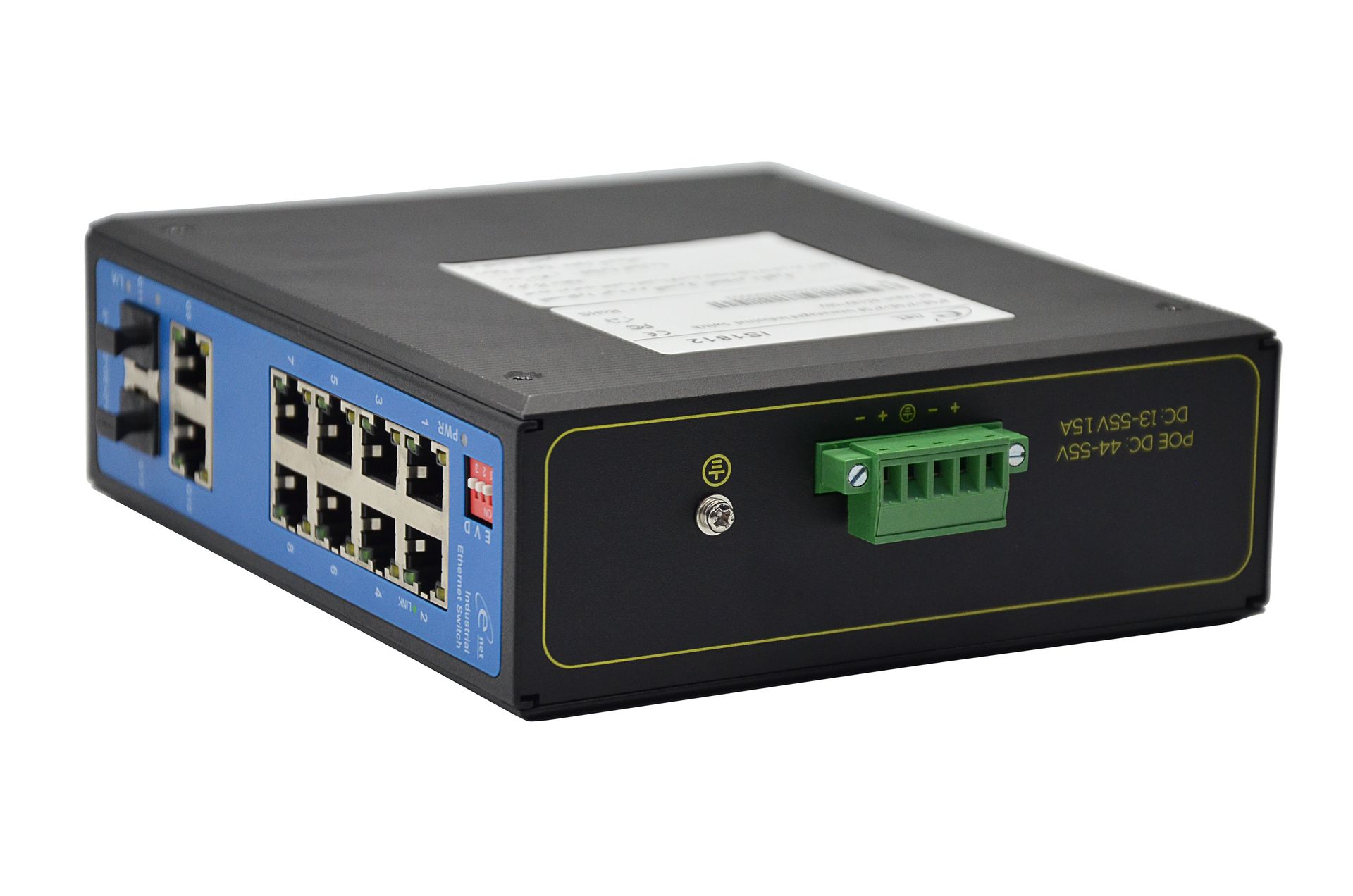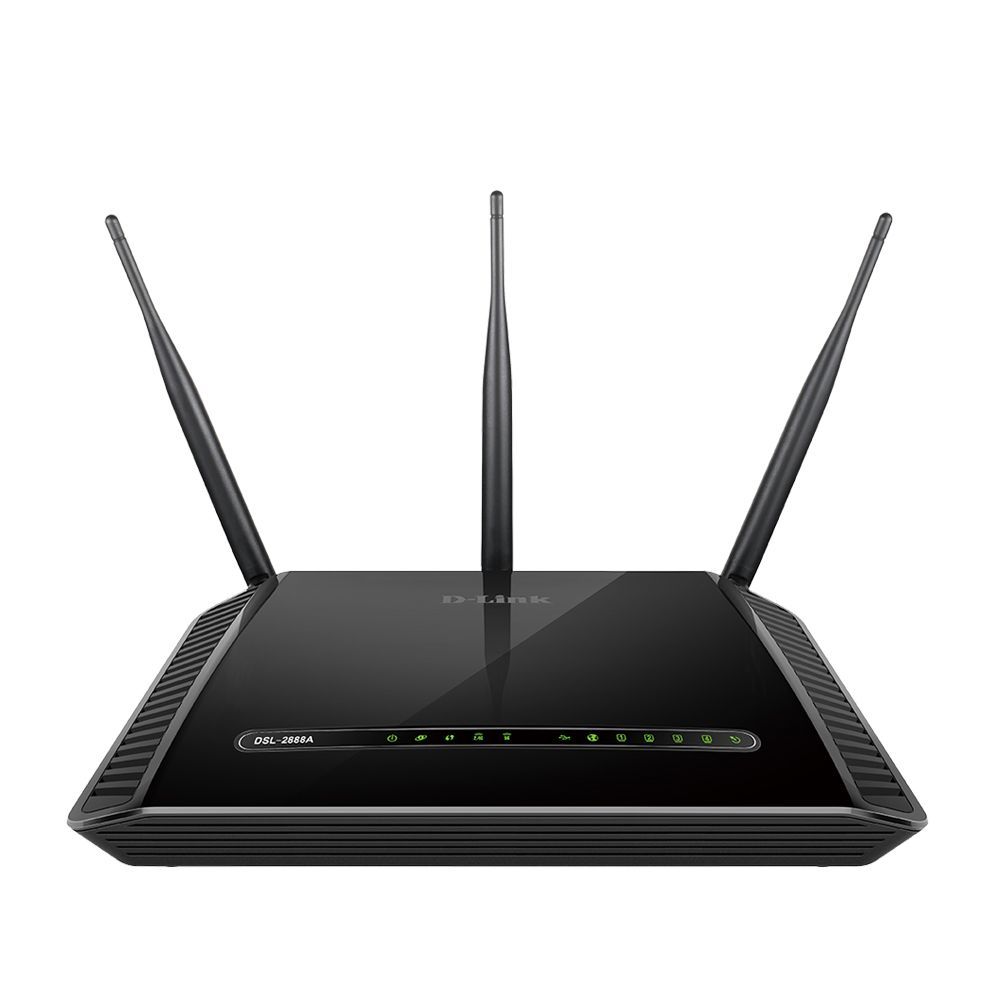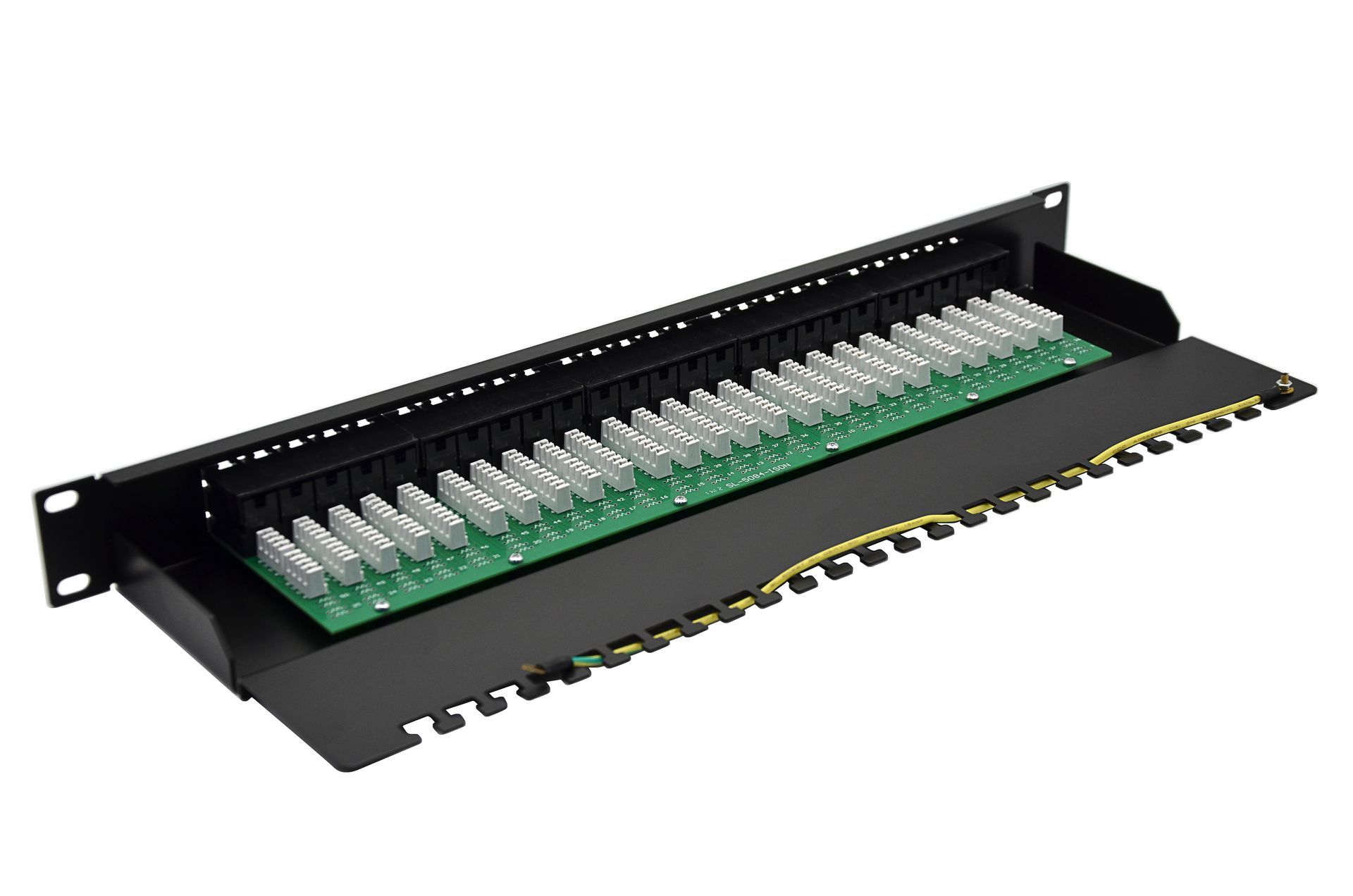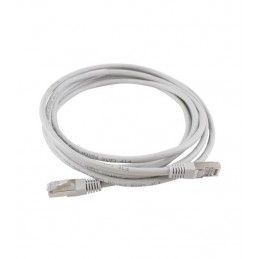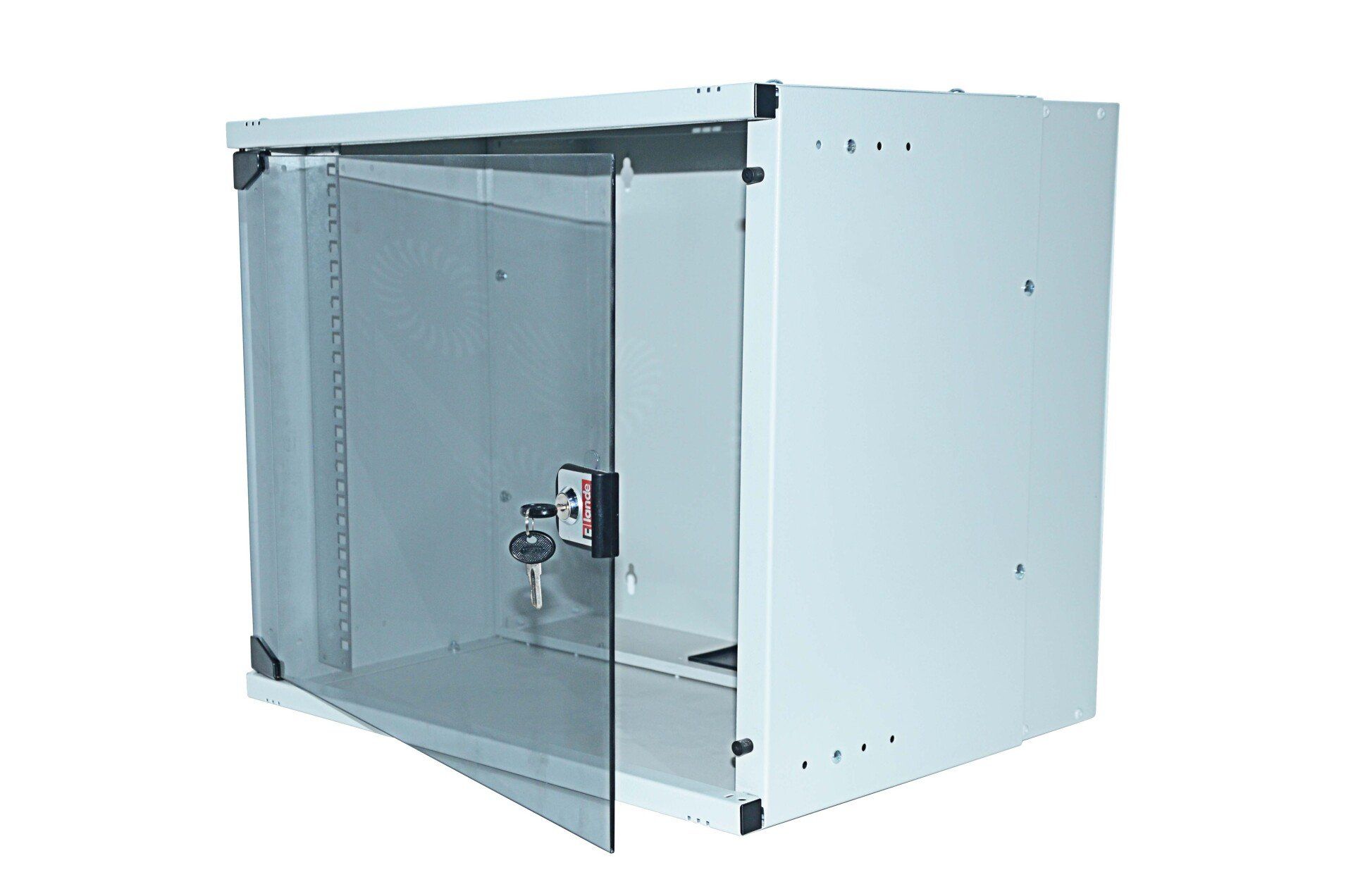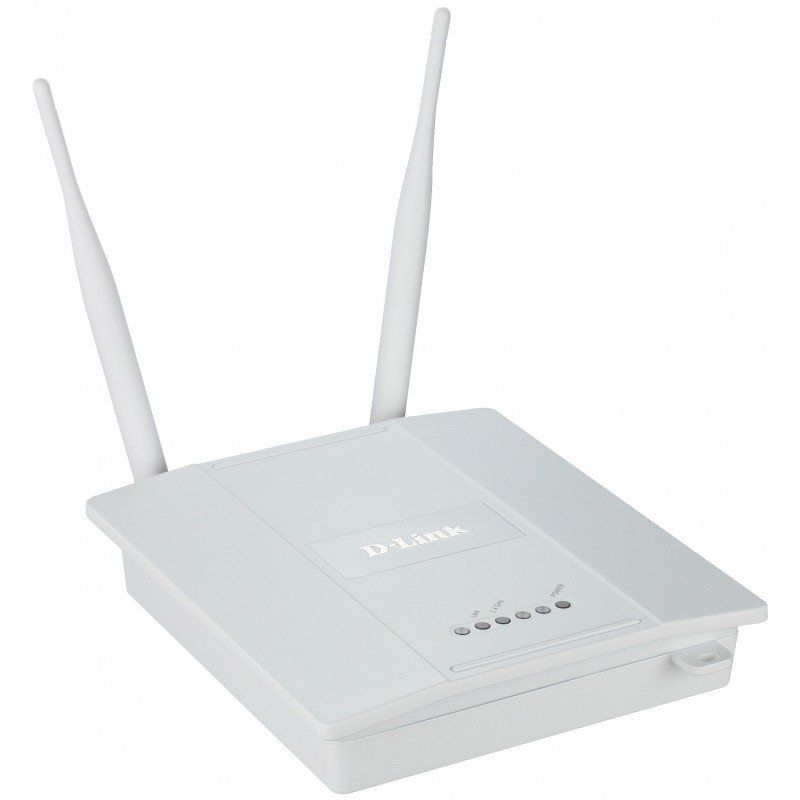Best Network Cable: What to look for?
27 septembre 2022
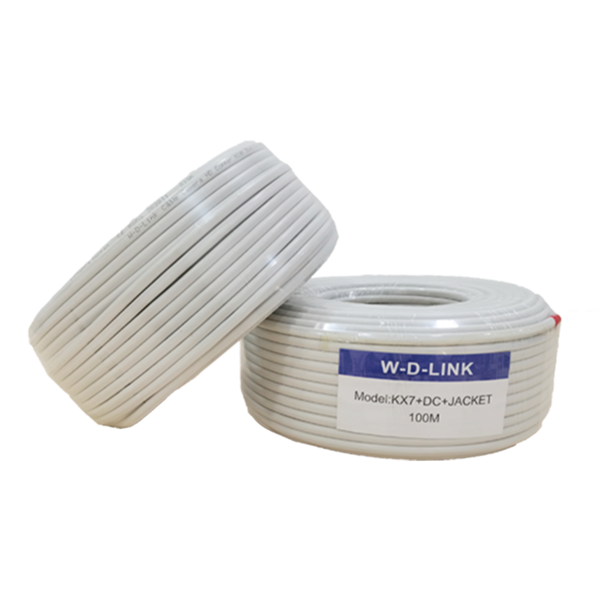
While purchasing the cables, you may notice that they are classified into different categories. For example, Cat-5, Cat-5e, Cat-6, Cat-6a, etc. These numbers indicate the specific version supported by the cable. A general rule is that a higher number represents faster speeds and higher frequencies, measured in megahertz (MHz). As technology advances, newer cables usually support higher bandwidths. Thus, they provide increased download speeds and faster connections.
Based on safety, the other two types of cables are STP (shielded twisted pair) and UTP (unshielded twisted pair) cables. STPs are more suitable where there is a high chance of electronic interference than UTP cables. Shielded cables are further categorized as FTP cables (foil-twisted pair cable) and SFTP cables (shielded and foil-twisted pair cable).
Let us look at the factors that can influence your decision while choosing a network cable
for high performance and better security.
Here's a guide to choosing your cable network
1. Copper Conductor
The cable material, especially the copper conductor, affects the cable pricing and influences the cable performance. They are available with copper-clad aluminum cords and copper wires (including pure copper wire, oxygen-free copper wire, and bare copper wire). The purity of copper makes an evident difference as it determines the quality of the cable. The better the copper, the less signal loss you will suffer. Choose oxygen-free copper wire with a copper purity of up to 99.95% for less signal loss. However, if you want cost-saving cables, use copper-clad aluminum wires.
Both the purity order of copper and the cable price is in order, i.e. oxygen-free copper wire, then pure copper wire, then bare copper wire, and after that, copper-clad aluminum wire.
2. Cable connectors
The material of the connectors in a cable plug is an essential factor for constantly maintaining the signal. For conductivity, silver is better than gold or copper, which is better than aluminum. Then there is nickel or iron.
In the natural world, silver and aluminum oxidize expeditiously, while gold hardly corrodes. Therefore, gold is the ideal material for achieving a strong and lasting Internet connection. In addition, you won't have to replace cables as frequently and won't lose the signal more often. You can also use the KX7 cable for high-frequency electrical signals with low losses.
Moreover, the thickness of gold plating is also appropriate to maintain a strong signal. The thickest gold plating available is 50 microns, which is optimal for maintaining a fast and stable Internet connection.
3. Cable Jacket Rate
There are two kinds of cable jackets: flame-retardant and non-flame-retardant. Flame retardants, as the name suggests, are typically designed to resist the spread of fire. For safety concerns, choose flame-retardant cables. You can also use a patch cord to connect electronic or optical devices for signal routing.
There are several types of flame retardants, including CM, CMR, CMP, and LSZH. Ethernet cords with PVC CM and LSZH jackets are commonly used to patch the cable environment.
4. Length and Color
An appropriate cable length is crucial to provide sufficient length to connect the cord with the devices. For example, when connecting CCTV, the maximum allowed length of the camera cable is 100 meters (328 ft).
In addition, when several Ethernet cables connect to switches or routers, the color will make it easier to determine which cord goes where. Besides aesthetics, it is for cable management.
To conclude,
Having the correct type of cable can impact the performance of the Internet. There are numerous options available; therefore, it is a difficult task to choose which cable is appropriate for you. Pinsol is a distributor of innovative solutions in the field of network infrastructure with the best quality and affordable prices.
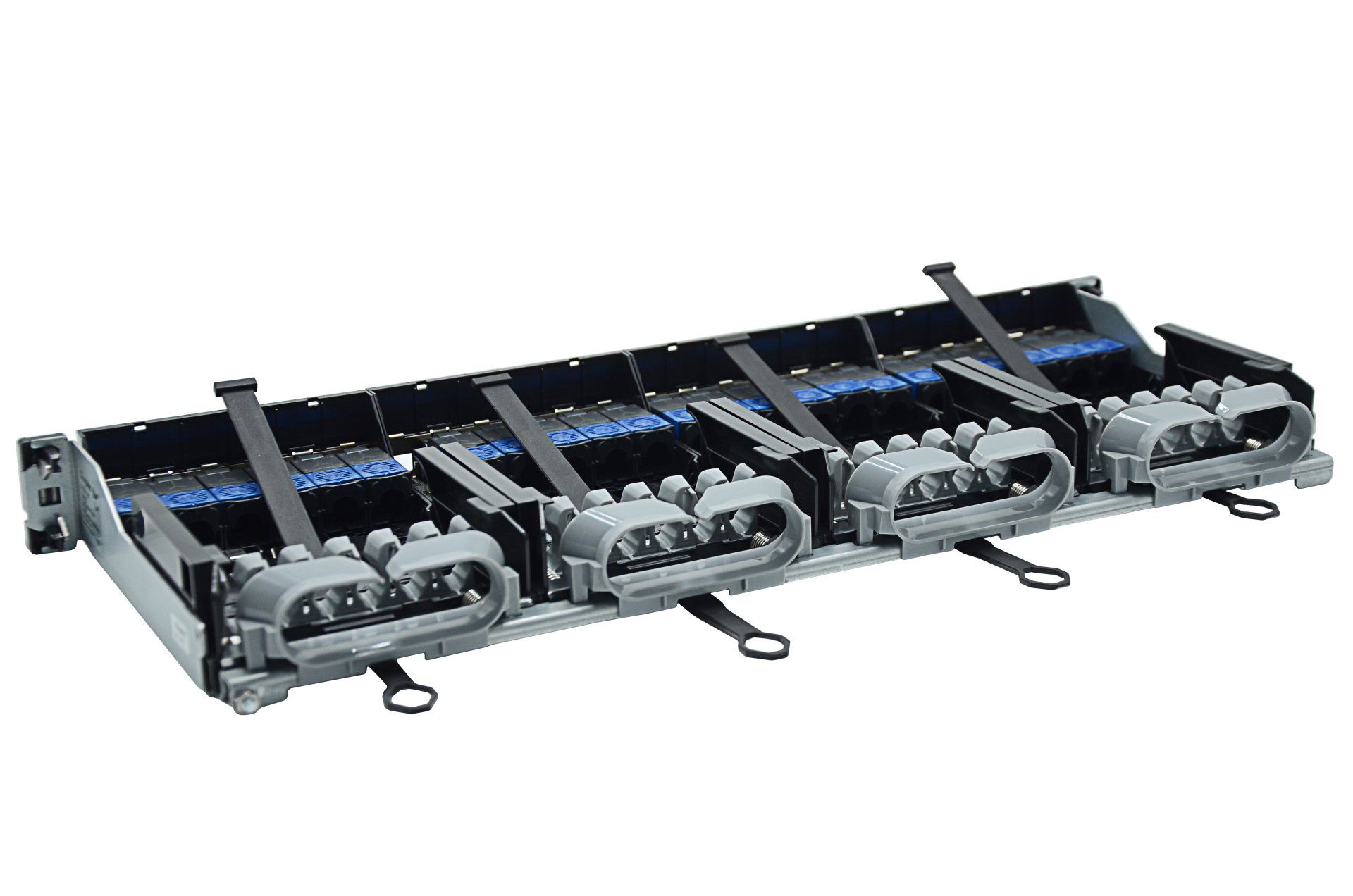
Les réseaux modernes reposent sur une organisation claire et des performances prévisibles. À mesure que les environnements évoluent, la manière dont les composants sont connectés devient aussi importante que les appareils eux-mêmes. Un système de câblage structuré offre stabilité, traçabilité et possibilités d'extension. Comprendre le fonctionnement de chaque couche – notamment le panneau de brassage, le câble réseau, le commutateur et le cordon de brassage – est essentiel pour toute personne concevant ou mettant à niveau un réseau. Pourquoi le câblage structuré est-il toujours important ? Les appareils et les applications évoluent, mais le câblage reste l'épine dorsale de la communication. Une approche structurée réduit les interférences de signal, simplifie la maintenance et facilite les mises à niveau futures. Lorsque les systèmes se développent, une configuration bien conçue évite les interruptions de service et permet de gérer facilement les modifications. Un réseau structuré sépare généralement le câblage permanent des connexions flexibles. Cette séparation permet aux administrateurs d'apporter des modifications sans perturber les principaux chemins de câbles dissimulés derrière les murs, les plafonds ou les conduits. C'est là que le panneau de brassage joue un rôle central. Le rôle du panneau de brassage dans l'organisation du réseau Un panneau de brassage sert de point de terminaison pour le câblage horizontal. Les câbles traversant un bâtiment se terminent à l'arrière du panneau, tandis que l'avant offre des ports pour une reconfiguration rapide. Cela crée une cartographie claire de toutes les connexions actives et potentielles. Comme chaque port correspond à une ligne permanente, les techniciens peuvent documenter et suivre l'ensemble de la configuration du réseau. Cette structure élimine les approximations lorsqu'un appareil doit être déplacé, remplacé ou testé. Au lieu d'accéder aux chemins de câbles cachés, les modifications s'effectuent depuis l'avant du panneau à l'aide de courts cordons de brassage. Une bonne configuration de brassage renforce également l'intégrité du signal. Le câblage permanent reste intact, réduisant ainsi le risque de conducteurs endommagés ou de terminaisons dégradées. Les câbles réseau : fondement de la connectivité Les performances de toute liaison dépendent fortement du câble réseau utilisé. Les différences de blindage, de qualité des conducteurs et de catégories peuvent avoir un impact sur la vitesse maximale et les technologies prises en charge. Les catégories courantes comprennent : ● Cat5e pour les connexions Gigabit standard ● Cat6 pour une réduction de la diaphonie et une bande passante plus élevée ● Cat6A pour les environnements exigeants ou les longues distances nécessitant une capacité de 10 Gigabit Choisir la bonne catégorie de câble garantit que l'infrastructure prend en charge non seulement les exigences actuelles, mais aussi les futures mises à niveau. Étant donné que les câbles permanents durent souvent des années, une planification préalable évite un recâblage inutile. Le cheminement des câbles est tout aussi important. Des chemins organisés réduisent la contrainte sur les paires de conducteurs et contribuent à maintenir des performances constantes. Lors de la planification des chemins de câbles, la séparation des lignes de données des lignes électriques réduit les interférences électromagnétiques. Les commutateurs : points de contrôle du réseau Alors que les panneaux de brassage organisent les connexions physiques, le commutateur détermine la manière dont les données circulent. Son rôle est d'acheminer le trafic de manière intelligente en fonction des conditions du réseau. Les commutateurs créent des segments, attribuent des VLAN et équilibrent la charge au sein d'un réseau local. Une architecture structurée garantit que chaque port du commutateur correspond clairement à un emplacement ou à une fonction. Grâce à un étiquetage et une documentation appropriés, les administrateurs peuvent identifier l'emplacement de chaque point d'extrémité, ce qui facilite le dépannage. La capacité du commutateur est également importante. Le nombre de ports, la vitesse de liaison montante et la prise en charge du PoE influencent la conception du réseau. Lorsque le câblage est géré via un panneau de brassage, l'extension de la capacité du commutateur est simplifiée. Les ports inutilisés du panneau peuvent être connectés à de nouveaux modules de commutation sans perturber les connexions existantes. Les cordons de brassage : outils de connexion flexibles Le cordon de brassage est le lien entre le panneau de brassage et le commutateur. Courts, flexibles et faciles à remplacer, ces cordons constituent l'élément ajustable du système. Ils permettent de modifier rapidement le réseau sans toucher aux câbles permanents dissimulés dans les murs. Les cordons de brassage sont disponibles en différentes longueurs et catégories, et il est important qu'ils correspondent à la catégorie du câble réseau afin de garantir des performances constantes sur l'ensemble du canal. Leur flexibilité réduit également l'usure des ports du commutateur. Au lieu de brancher et débrancher de longs câbles directement sur les appareils ou les prises murales, les cordons de brassage absorbent les mouvements. Fonctionnement des composants Dans une configuration complète : Une station de travail ou un appareil se connecte à une prise murale à l'aide d'un cordon de raccordement. Derrière le mur, la prise est connectée, via un câble réseau permanent, au panneau de brassage situé dans la salle d'équipement. Depuis le panneau de brassage, un second cordon de raccordement relie le port correspondant à un commutateur. Le commutateur gère ensuite le trafic pour tous les points d'accès connectés. Cette architecture garantit un système clair, évolutif et facile à entretenir. Les mises à niveau, telles que le déplacement d'un utilisateur vers un autre VLAN, l'ajout d'un nouveau point d'accès ou le déplacement des baies d'équipement, peuvent être effectuées sans perturber le câblage permanent. Principes de conception pour une stabilité à long terme Plusieurs principes de conception contribuent à la fiabilité à long terme : Placer les panneaux de brassage et les commutateurs à hauteur des yeux pour un accès rapide. Documenter systématiquement les numéros de port et les chemins de câbles. Séparer les lignes d'alimentation pour éviter les interférences électromagnétiques. Utiliser des câbles de même catégorie d'un bout à l'autre. Respecter les rayons de courbure minimaux pour éviter les pertes de signal. Utiliser des chemins de câbles pour éviter les enchevêtrements et les contraintes. Ces pratiques garantissent la stabilité du système, même en cas d'évolution du réseau. La place de Pinsol dans les solutions de câblage structuré Le câblage structuré joue toujours un rôle essentiel dans les réseaux contemporains. La connexion formée par un panneau de brassage, un câble réseau , un commutateur et un cordon de raccordement permet non seulement d'organiser le flux de données, mais aussi de faciliter l'évolutivité et de réduire les temps de maintenance. Pinsol fournit des composants et une assistance aux équipes chargées de la construction ou de l'amélioration de l'infrastructure réseau. Sa gamme de produits comprend des options de câblage et de connectivité qui s'intègrent facilement aux architectures structurées composées de panneaux de brassage, de commutateurs et de cordons de raccordement. De plus, en respectant scrupuleusement les normes de câblage en vigueur, les produits Pinsol garantissent des performances uniformes sur l'ensemble du réseau.
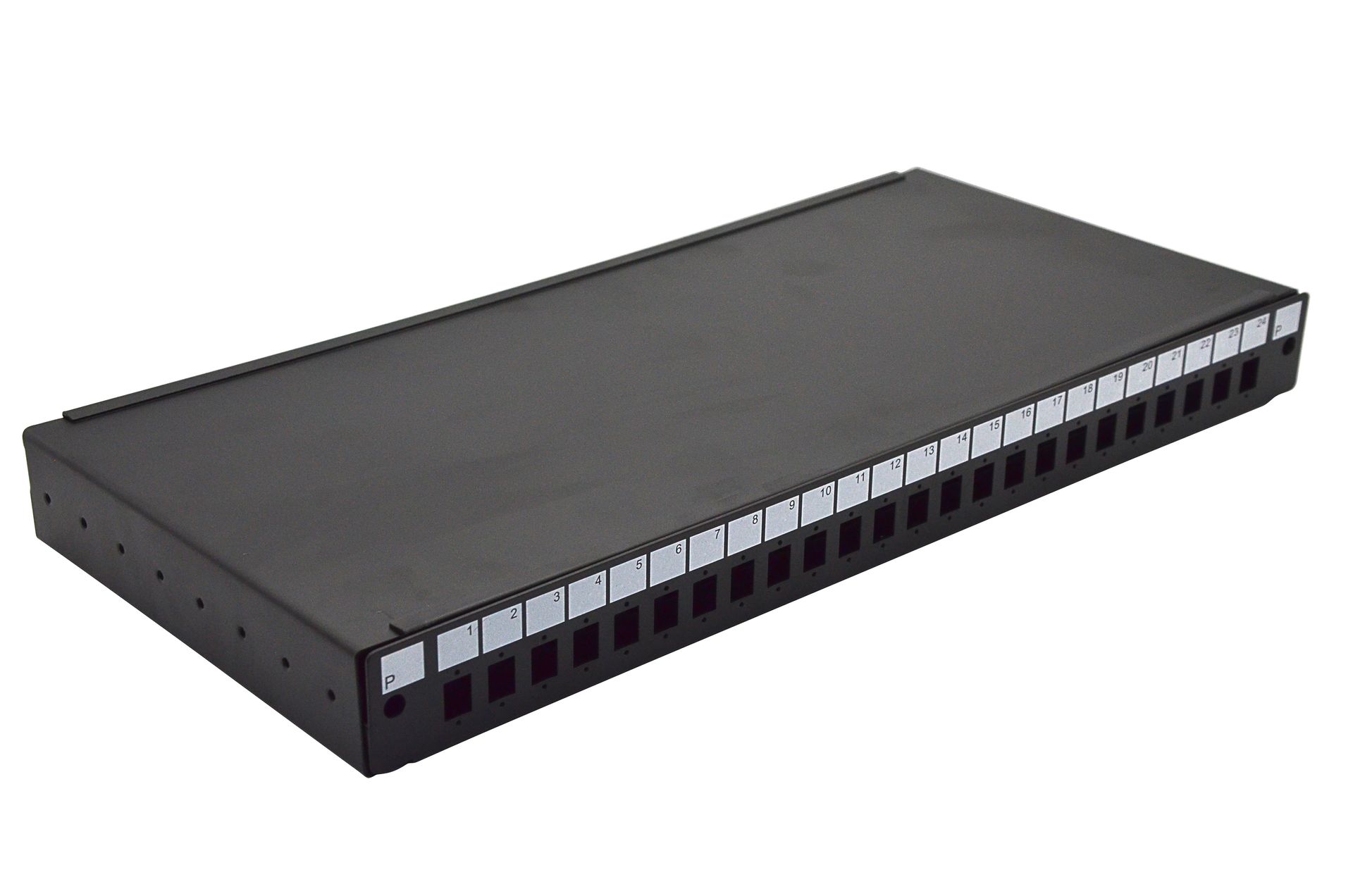
Saviez-vous que la consommation mondiale de données augmente de plus de 25 % par an ? Face à la saturation des réseaux, les équipes informatiques du monde entier sont sous pression pour une extension efficace sans exploser leurs budgets. Si vous gérez une infrastructure fibre optique, vous avez probablement déjà ressenti cette pression. C’est pourquoi de nombreux ingénieurs et planificateurs réseau repensent la manière dont ils font évoluer leurs systèmes fibre. Ils recherchent des solutions plus économiques pour augmenter la bande passante sans refontes constantes. C’est là que les tiroirs optiques modulaires changent la donne. Ils permettent une extension sans investissements initiaux importants. Leur conception permet aux équipes d’ajouter de la capacité progressivement, réduisant ainsi les dépenses initiales inutiles. De plus, ils simplifient la maintenance, garantissant des réseaux organisés et prêts pour l’avenir. Chez Pinsol, nous proposons des solutions de tiroirs optiques avancées conçues pour une extension fluide tout en maintenant des performances optimales. Nos systèmes aident les entreprises à évoluer plus intelligemment grâce à nos accessoires réseau fiables. Les tiroirs optiques modulaires : la clé d’une extension rentable ? Imaginez la situation : vous gérez un réseau en pleine expansion, et les nouveaux projets s’accumulent. Chaque jour, avec l’arrivée de nouveaux employés, le besoin en appareils, en connexions et en trafic de données augmente, ce qui exige une capacité supplémentaire. Les câbles réseau s’emmêlent et la maintenance devient un véritable casse-tête. Les solutions traditionnelles impliquent de retirer les anciens panneaux, de réorganiser les baies et d’investir massivement pour simplement suivre le rythme. C’est frustrant, chronophage et coûteux. Imaginez maintenant un système où l’extension ne perturbe pas les opérations existantes : une configuration qui vous permet d’ajouter de la capacité par petites étapes. Un système qui maintient votre réseau organisé, réduit l’encombrement et simplifie le dépannage. C’est là qu’interviennent les tiroirs optiques modulaires. Leur conception flexible permet aux équipes informatiques de faire évoluer le réseau progressivement sans avoir à refondre toute l’infrastructure. Ils offrent un accès facile aux fibres et rendent la maintenance plus rapide et plus sûre. Au-delà de leur fonctionnalité, les tiroirs modulaires optimisent également l’utilisation de l’espace dans les baies, vous permettant d’intégrer plus de connexions dans un espace réduit. Ils réduisent le besoin de remplacements coûteux et minimisent les temps d’arrêt, assurant ainsi le bon fonctionnement de votre réseau. Dans le paysage numérique actuel, en constante évolution, des solutions comme celles-ci ne sont pas seulement pratiques ; elles sont indispensables. Les tiroirs optiques modulaires permettent aux administrateurs réseau de maîtriser leurs coûts et d’anticiper sereinement leur croissance future. Découvrons comment le tiroir optique 24 ports permet une extension économique : Extension progressive Vous êtes-vous déjà demandé comment un tiroir optique peut faciliter l'extension de votre réseau ? Grâce au tiroir à fibre optique, les équipes informatiques peuvent ajouter de nouvelles connexions et ainsi éviter les interruptions majeures. Au lieu de remplacer des baies entières, l'équipe informatique peut étendre un tiroir à la fois. Chaque tiroir est conçu pour gérer l'augmentation de la demande en bande passante tout en maintenant les câbles réseau bien organisés. Cette approche modulaire simplifie les mises à niveau du réseau. Les équipes peuvent planifier efficacement les extensions, garantissant ainsi que l'infrastructure évolue au rythme des besoins de l'entreprise. Optimisation de l'espace Un tiroir optique 24 ports est conçu pour optimiser l'espace dans les baies. Sa conception compacte permet d'intégrer davantage de connexions fibre dans un espace réduit. Cela libère un espace précieux dans vos baies réseau et assure une accessibilité et une organisation optimales. En optimisant l'espace, les équipes informatiques peuvent anticiper les extensions futures sans compromettre l'installation. Moins d'encombrement signifie moins d'erreurs lors des installations et du dépannage. Le panneau à fibre optique garantit que les besoins actuels et futurs du réseau sont satisfaits. Maintenance simplifiée Gérer des dizaines de câbles réseau peut vite devenir un casse-tête, surtout lors du dépannage ou de la mise à niveau du système. Un tiroir optique simplifie ce processus en regroupant tous les câbles à fibre optique de manière ordonnée. Chaque câble réseau est clairement étiqueté et identifié par un code couleur, permettant aux techniciens de repérer et d'accéder rapidement à la connexion adéquate sans perturber le personnel. Cette organisation facilite grandement la maintenance courante. Des tâches comme le test des câbles, le réacheminement des fibres ou les mises à niveau sont réalisées plus rapidement et avec moins d'erreurs. En réduisant le risque de déconnexions accidentelles, les tiroirs optiques contribuent à la fiabilité du réseau et minimisent les temps d'arrêt. En bref, ils rendent la gestion des réseaux complexes plus simple, plus sûre et plus efficace. Réduction des coûts L'utilisation d'un tiroir optique 24 ports permet de réduire considérablement les coûts d'extension du réseau. Au lieu d'investir dans plusieurs grands panneaux ou le remplacement complet des baies, un seul tiroir suffit pour gérer de nombreuses connexions. Cela réduit les dépenses d'investissement initiales tout en permettant aux équipes informatiques d'évoluer progressivement. Les coûts de maintenance et de dépannage diminuent également car l'organisation des câbles prévient les dommages et les erreurs. Au fil du temps, ces économies s'accumulent, ce qui en fait un investissement judicieux pour les entreprises soucieuses de leurs coûts. Optimisez l'extension de votre réseau fibre optique dès aujourd'hui avec les tiroirs optiques modulaires Les tiroirs optiques modulaires ne servent pas uniquement au rangement des câbles réseau ; ils représentent un investissement judicieux pour les entreprises souhaitant se développer à moindre coût. Grâce à leur conception évolutive, ces systèmes garantissent l'adaptabilité des réseaux face à la croissance continue des besoins en données. Choisir les tiroirs optiques modulaires Pinsol, c'est garder une longueur d'avance dans un monde numérique en constante évolution, tout en assurant un fonctionnement fluide et continu de votre réseau.

